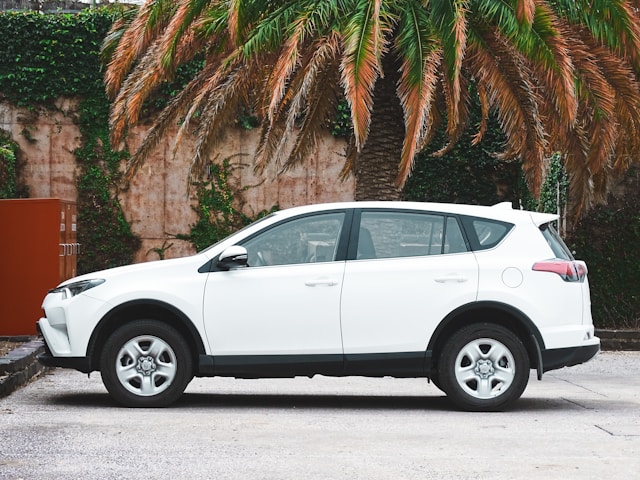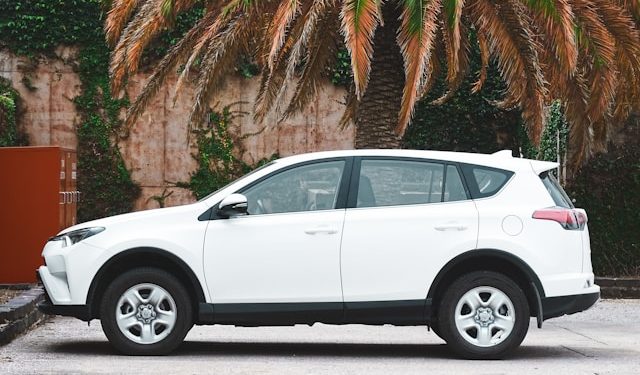
The UK car leasing sector has remained resilient during a time of shifting consumer priorities and tightening budgets. According to the British Vehicle Rental and Leasing Association (BVRLA), the UK leasing fleet grew by 0.65% in 2024, showing modest but notable expansion in a stagnant automotive market. The growth is especially strong in business leasing and electric vehicle (EV) salary sacrifice schemes, while private car leasing has dipped slightly due to economic pressures.
In total, around 20–30% of new cars in the UK are acquired through leasing. While leasing hasn’t overtaken car ownership overall, it’s become a key part of how individuals and businesses access vehicles—especially in urban areas and among younger professionals seeking more flexibility and predictability.
What’s Driving the Leasing Trend?
1. Electric Vehicles and the Rise of Salary Sacrifice
The UK’s transition to electric vehicles is closely linked to leasing. New EVs remain expensive to buy outright—often starting around £30,000—but leasing spreads the cost and avoids depreciation concerns. According to BVRLA data, 54% of new cars leased by businesses in 2024 were EVs, and 87% of new salary sacrifice lease vehicles were electric.
One major factor is taxation: under salary sacrifice, employees lease EVs through their employer using gross salary—reducing income tax and National Insurance contributions. These schemes are cost-neutral or even cheaper than running a petrol vehicle, especially with Benefit-in-Kind (BIK) tax rates for electric cars at just 2%.
In fact, BVRLA reported that salary sacrifice leasing grew by 61% in 2024, making it the fastest-growing form of car acquisition in the UK.
2. Consumer Demand for Predictability
Leasing offers fixed monthly payments and the option to include road tax, maintenance, breakdown cover, and sometimes even insurance. For cost-conscious consumers, this predictability is appealing—especially in an era of rising living expenses.
Drivers avoid the financial uncertainty of owning a depreciating asset or facing unexpected repair bills. This is particularly attractive for young professionals, freelancers, and remote workers who no longer commute daily but still need a car occasionally or seasonally.
3. Shift from Ownership to Access
While full car ownership still dominates, there’s a cultural shift underway. The post-COVID era saw many people reassess their transport needs. With hybrid working now the norm, the necessity of owning a vehicle has decreased for some, especially those in cities.
Instead, we’re seeing a gradual shift from the idea of ownership to “pay-as-you-use” mobility models—leasing, subscription, and short-term rentals. Research by PwC UK showed that 49% of consumers would prefer car subscriptions—where everything is bundled into one monthly fee—over traditional finance or purchase options.
4. The Growth of Subscription-Style Leasing
The UK car subscription market was valued at £460 million in 2024 and is forecast to reach £2.1 billion by 2030, with a projected compound annual growth rate (CAGR) of over 29%. These services often include maintenance, insurance, and the ability to change vehicles every few months—ideal for those who want total flexibility without long-term ties.
Although not traditional leasing, subscription-style ownership is part of the broader movement toward access over ownership, and platforms like Onto, Care by Volvo, and Flexed are expanding rapidly.
5. Digital Leasing Platforms Make It Effortless
Gone are the days when leasing meant sitting in a dealership office for hours. Today’s leasing platforms allow users to browse, configure, and sign lease agreements entirely online. Customers can choose contract length, mileage, and extras like servicing or insurance, all from their phone or laptop.
Leasys even integrates real-time vehicle stock, so customers can select from in-stock cars with fast delivery. This level of ease has helped push leasing into the mainstream—especially for first-time leasers or digital-native users.
Personal Leasing Declines Amid Inflation
Despite these advantages, personal contract hire (PCH)—the most common form of private leasing—declined by 13.2% year-on-year in Q2 2024, according to BVRLA. This likely reflects general economic caution, as inflation and interest rates have squeezed household budgets.
However, industry experts believe this is a temporary dip, with demand likely to rebound as more competitive offers appear and consumer confidence returns.
Snapshot: UK Leasing in 2024–2025
| Segment | Trend |
| Overall leasing market growth | +0.65% |
| Business contract hire (cars) | +6% |
| EV salary sacrifice leasing | +61% |
| EV share of business leases | 54% |
| EV share of salary sacrifice | 87% |
| Personal leasing (PCH) | –13.2% |
| Car subscription market size | £460M → £2.1B by 2030 |
| Share of new cars leased (est.) | 20–30% |
Conclusion: Smart Mobility Is Flexible and Digital
Car leasing in the UK has evolved. It’s no longer just a business strategy—it’s a smart personal finance move for drivers who want lower risk, more flexibility, and easier access to cleaner, newer vehicles.
From the growth of EV leasing and salary sacrifice to the rise of fully digital platforms, the leasing landscape is more consumer-friendly than ever. With the added boost from subscription-style options and cultural shifts post-COVID, leasing is no longer a niche—it’s a vital part of the UK’s future mobility mix.
If you’re looking for cost control, convenience, and environmental alignment, leasing could be the smart choice for your next car.















































































